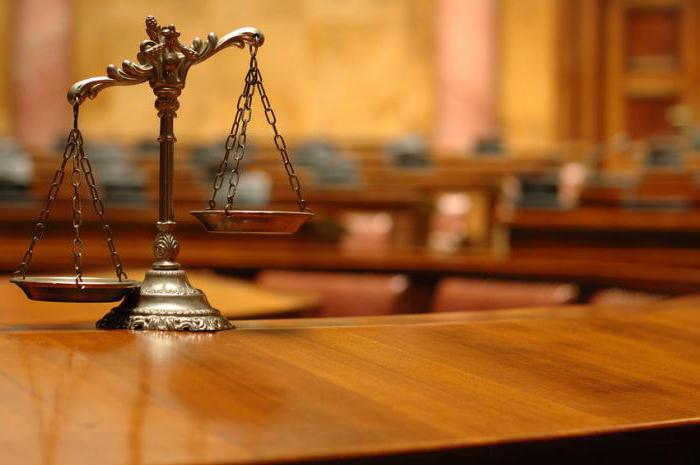Different courts have different types of procedural activities. Some institutions are involved in the initial review of cases on the merits, while others are involved in the review and search for errors and omissions.
Definition of a concept
Court instances are structural units that perform the functions defined by law. This may be an initial review of cases or verification of a decision made earlier. Thus, we can say that the concept of instance characterizes the specific type of activity that a judicial institution is engaged in.
Many mistakenly identify the judicial links and the courts. In the first case, it is about what place the institution occupies in the system. In the second, on the definition of his authority and the specifics of activity.
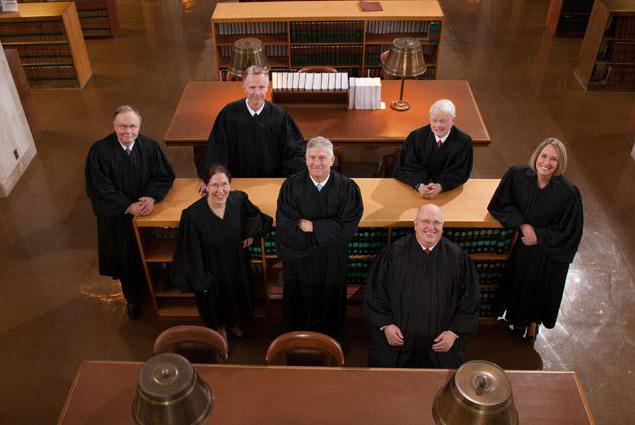
Types of courts
In accordance with civil and criminal law, certain courts:
- The activities of the institutions of first instance are associated with a detailed examination of the merits.
- Review and re-examination of the case, the decision on which has not yet entered into force, is carried out on appeal.
- The cassation court verifies the legality and legality of the decisions (the investigation of the case itself and the evidence on it is not carried out).
- Supervisory courts are authorized to verify the legality of any court decisions.
- Separately allocated instance, which deals with cases in connection with new circumstances.
First instance
Institutions of first instance are involved in the initial consideration of cases. During the meeting, an investigation is carried out with consideration of evidence and a survey of participants in the process. If it is a criminal proceeding, then this instance determines the guilt or innocence of the defendant, as well as the measure of punishment. Civil and administrative cases may also be considered here.
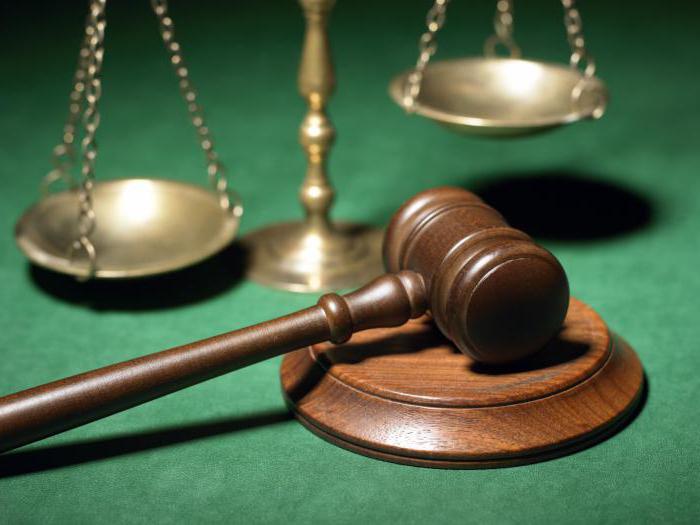
The second (appeal) instance
Quite often there are mistakes or inaccuracies in the case. The court of appeal may accept the relevant application for review if the decision has not yet come into effect (usually this happens within 1 month).
The Arbitration Court of Appeal re-conducts the judicial investigation. In this case, all evidence is examined and all participants in the process are interrogated. Based on the results of activities, such alternative solutions may be made:
- The decision of the first instance institution is considered lawful and remains valid.
- A fundamentally new decision is made, which can be appealed if it does not suit the applicant.
- The case is referred for reconsideration to a lower court.
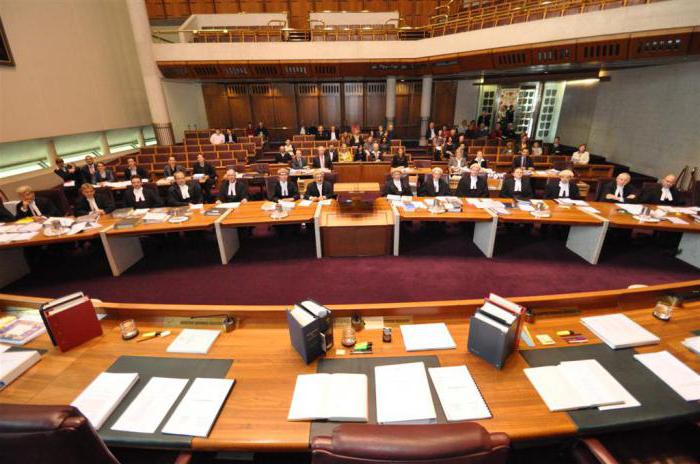
Court of cassation
If there is a need to verify the legitimacy of a decision made by the first or second court, then the case in the court of cassation can be considered even after the decision has already entered into force. When filing a complaint or petition for a review of a case, the statement should indicate the following:
- the name of the institution to which the application is addressed, as well as the details of the court, the decision of which requires verification;
- Name and biography of the person filing the complaint;
- specific requirements addressed cassation instance;
- an indication of a violation of the law that was committed in the decision;
- inventory of attached documents.
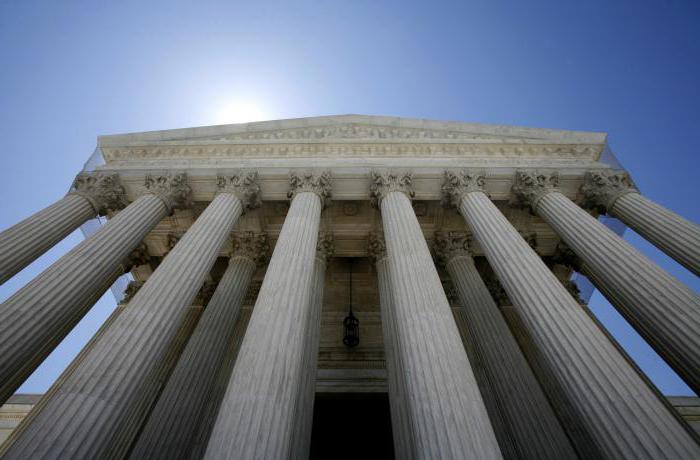
Appendices to the cassation appeal
The following documents must be attached to the application to the cassation instance:
- A certified copy of the judicial act, which is subject to appeal.
- Cash documents confirming the payment of funds to the state duty (checks, receipts, as well as confirmation of benefits, if any).
- Power of attorney to sign the cassation appeal.
Powers of the cassation body
Arbitration court of cassation may recognize the decision of the appeal or primary (that is, not to satisfy the complaint). In addition, he is authorized to make his own decision without sending the case for a second review. This is possible if the investigation was conducted in good faith, but the wrong rule of law was applied.
If violations of procedural law have been discovered, the decision of the lower court is canceled, and the case is sent for re-examination. In addition, the arbitral tribunal may terminate the proceedings in a particular case or not consider the claim if it does not have sufficient grounds.

What is the difference between appeal and cassation
Between appeal and cassation proceedings There are a number of differences. So, the appeal is a complaint demanding a re-trial. And in a cassation order complaints can be considered against the actions of institutions of both the first and second instances.
The appellate court is obliged to consider the complaint, and the cassation court may refuse the claim.
Appeal proceedings involve a re-examination of the merits of the case and the study of evidence, and the court of cassation only assesses the appropriateness of applying the norms of law.
The ratio of courts
The first and the corresponding second instance courts are presented in the table:
| First instance | Credentials | Second instance |
| World judge | It is engaged in the consideration of cases of administrative as well as criminal offenses, the maximum imprisonment for which is no more than 3 years. A number of civil cases (divorce without disputes about children and other family issues). | District Court |
| District Court | In addition to criminal and civil, an administrative investigation is being conducted of offenses (including those that entail expulsion from the state). | Court of general jurisdiction |
| Court of general jurisdiction | Serious criminal offenses (including those related to state secrets), as well as a wide range of civil cases related to violation of the rights and interests of citizens. The primary consideration of administrative cases is not involved. | Judicial board |
| Court of Arbitration | Administrative and civil cases (not involved in criminal proceedings). | Arbitration Court of Appeal |
| Judicial board | Review of previous decisions. | Board of Cassation |
Powers of Supervisory Courts
The decisions of the appeal and cassation courts are subject to supervisory review before or after they have entered into force. Moreover, the application may be accepted no later than within 1 year. The direct participants in the process, as well as persons whose interests were affected by the adoption of a decision, can file a corresponding complaint.
The case is considered in a supervisory court within 1 month from the date of application. In this case, the plaintiff must indicate specific violations that were committed in the production process and in making the decision.
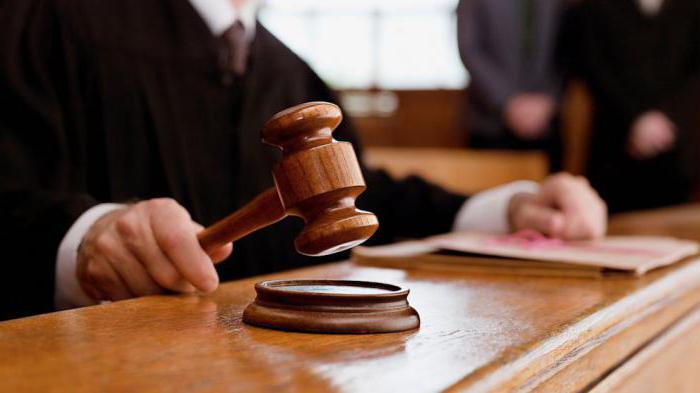
findings
Depending on the authority granted and the functions performed, various courts are distinguished. Thus, the first instance is dealt with by the institutions of first instance. They are conducting a judicial investigation with the study of evidence and a decision. If one of the participants in the process is not satisfied with the decision, he has the right to appeal it.
Allocate appellate and cassation instances of the arbitration court.The first conducts a retrial with the possibility of making a new decision. As for the cassation procedure, it aims to verify the correct application of the law. It is also worth noting the work supervisory authorities which can be contacted during the year. Their activity is aimed at verifying the legality of court decisions and identifying significant violations in their work.
